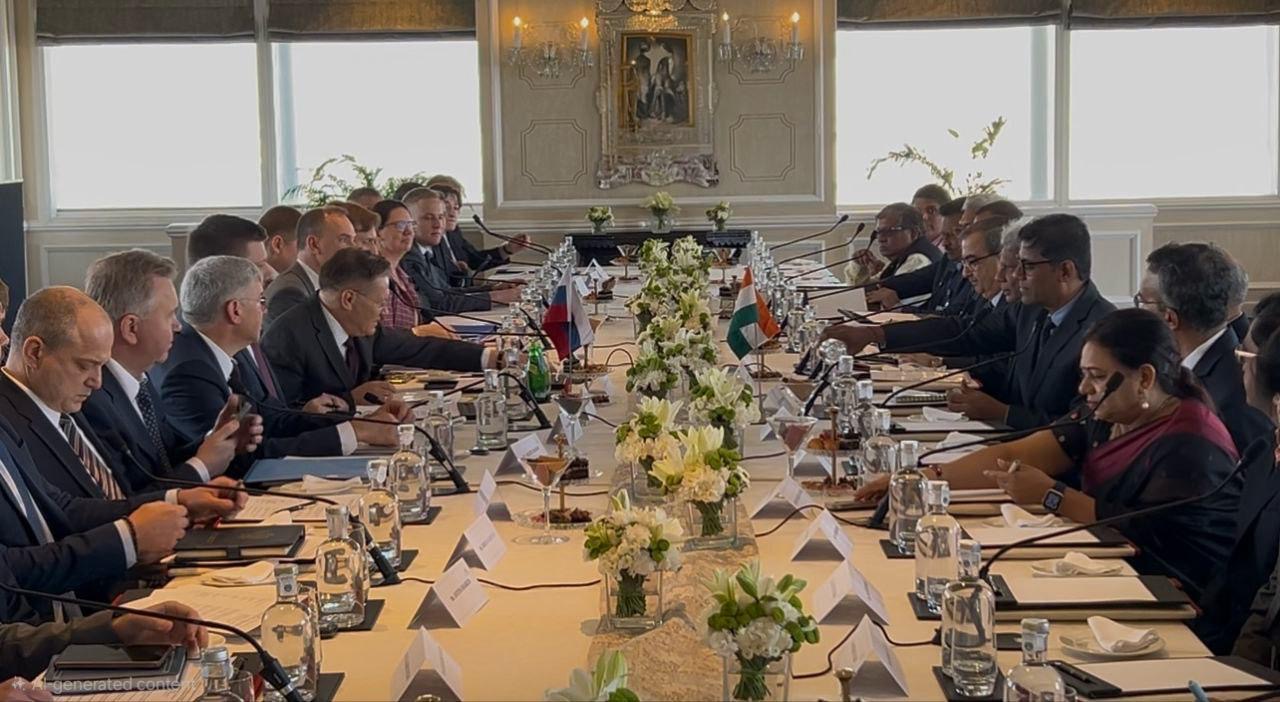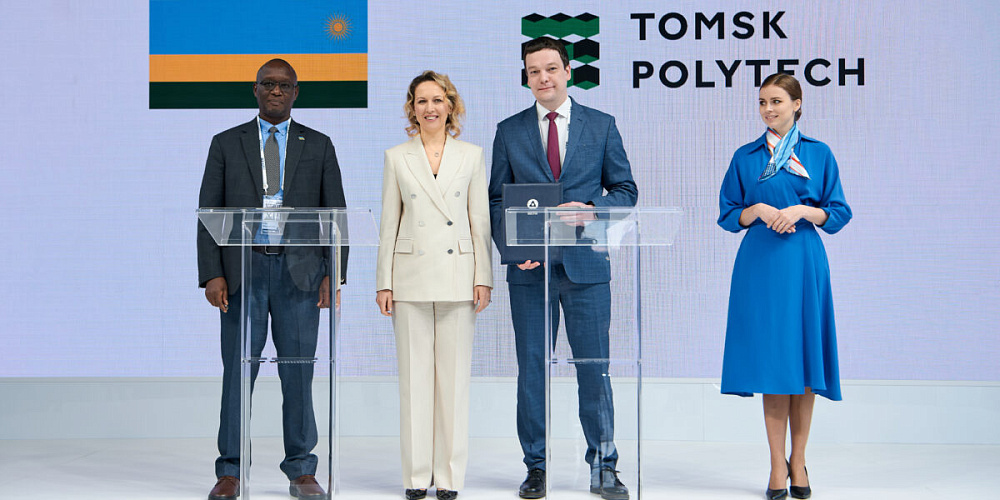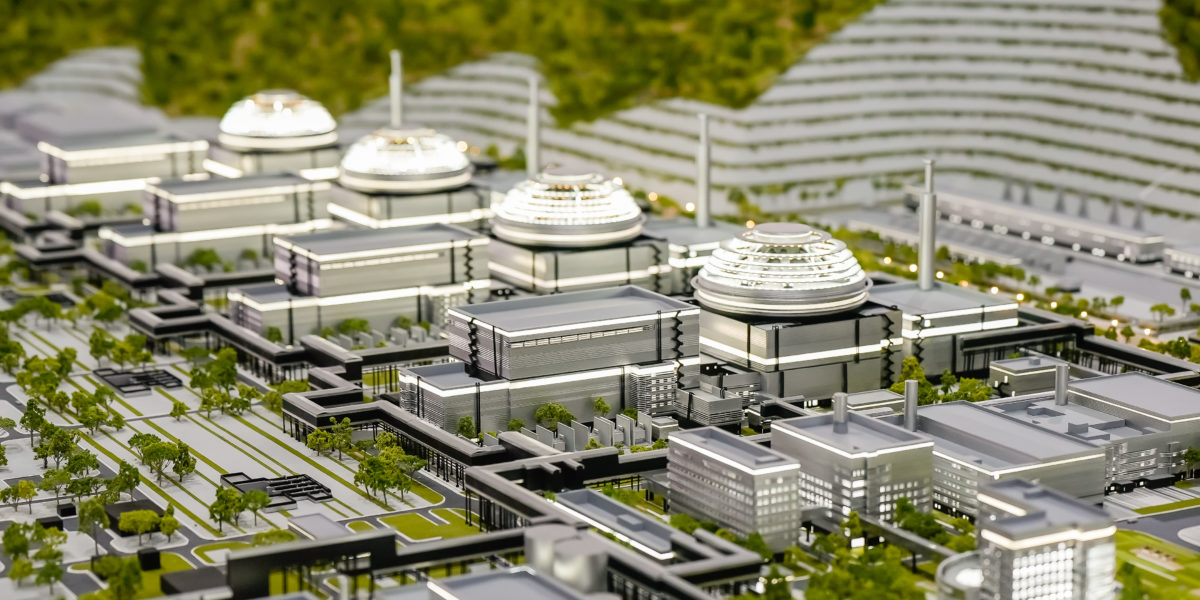A working meeting took place in Mumbai, India, between Alexey Likhachev, Director General of the Rosatom State Corporation and Ajit Kumar Mohanty, Chairman of India’s Department of Atomic Energy. The main topic of the talks was the development of bilateral cooperation in the field of nuclear energy.
During the meeting, the parties reviewed in
detail the progress of the Kudankulam NPP — the largest nuclear facility in
India and the flagship project of Russian–Indian technological and energy
cooperation. Units 1 and 2 were connected to India’s national power grid in
2013 and 2016 respectively and currently supply electricity to the southern
regions of the country. At Unit 3, pre-commissioning activities are underway,
with preparations for one of the key upcoming milestones — testing of safety
systems on an open reactor. Meanwhile, construction and installation work and
equipment deliveries continue at Unit 4, and the third phase — Units 5 and 6 —
is actively under construction.
The discussion also covered the expansion of the partnership, including the development of projects for both large- and small-scale nuclear power plants and cooperation in the nuclear fuel cycle. Particular attention was given to opportunities for localizing equipment production in India. The participants emphasized the valuable experience gained during the Kudankulam project and confirmed their readiness to implement new large-scale initiatives in the field of nuclear energy in India.
“Russia and India share a long-term and mutually beneficial partnership in the nuclear sphere. The Kudankulam project laid the foundation for our cooperation and opened the way for new joint initiatives and technology exchange. We have built an effective interaction system and a reliable supply chain, which now serve as the basis for further development of new projects — whether for large or small-scale power plants. Today, India has set itself an ambitious goal of increasing its nuclear generation capacity to 100 GW, and Rosatom is ready to contribute by offering efficient technologies that have proven their reliability both in Russia and abroad,” — said Alexey Likhachev, Director General of Rosatom State Corporation.
India is a long-standing and reliable
strategic partner of Russia. The flagship project of Russian-Indian
technological and energy cooperation is the Kudankulam Nuclear Power Plant — a
facility with VVER-1000 reactor units located in the southern Indian state of
Tamil Nadu.
The project provides for the construction of
six power units with VVER-1000 reactors and a total installed capacity of 6000
MW. The first phase, comprising Units 1 and 2, was connected to the national
power grid of India in 2013 and 2016 respectively. At present, construction and
installation work and equipment deliveries are ongoing for Units 3 and 4, while
preparations are underway for the construction of two additional units in the
third phase of the project.
The Kudankulam project has laid the
groundwork and defined the multifaceted nature of Russian-Indian cooperation in
the peaceful use of nuclear energy. One of the key areas remains the serial
construction of high-capacity nuclear power units of Russian design in India,
based on the VVER-1200 technology. Relevant organizations are currently
developing technical specifications for a new nuclear power plant in India
featuring VVER-1200 reactor units.
New areas of cooperation are also under
discussion — including the construction of small modular reactors (SMRs) of
Russian design in India. In April 2024, Rosatom presented its Indian partners
with information on the corporation’s floating nuclear power solutions. SMR
technologies are aimed at supplying clean electricity to remote regions with
limited grid infrastructure, as well as to individual industrial enterprises.
Rosatom’s fuel company TVEL supplies India with advanced nuclear fuel TVC-2M, which offers new capabilities for Kudankulam NPP — allowing the station to operate under an 18-month fuel cycle, thereby significantly improving the economic efficiency of the power units compared with the traditional 12-month cycle.





